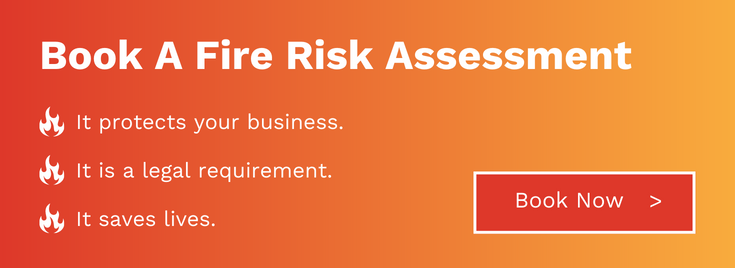Why Police Officers Need To Be Face Fit Tested

Police officers often encounter situations that can jeopardise their health and well-being, such as public disorder, fires, and medical emergencies, so equipping them with Personal Protective Equipment (PPE) is an effective way to mitigate the dangers to their safety. Respiratory Protective Equipment (RPE), which protects users against harmful airborne contaminants, can minimise the risk of inhaling toxic substances, but for optimum protection, officers must undergo professional face fit testing.
So, why is face fit testing essential and how can police officers benefit?
Compliance With Regulations
According to the Personal Protective Equipment at Work Regulations 1992 (updated in 2022), all employers - including the police - are obligated to provide PPE whenever the health and safety of employees, volunteers, or casual workers are at risk. What is particularly important to remember is that these regulations stress the importance of selecting the correct PPE for each situation. Since there are various types of RPE available - disposable masks, half-face masks, and full-face respirators – it is crucial that each piece properly fits the wearer. Face fit testing ensures the equipment forms a tight seal against the wearer’s face, thereby providing adequate protection in potentially dangerous scenarios.
Ensuring A Snug Fit For Different Situations
Police officers should be supplied with RPE to meet the specific demands of their working environments and to provide effective countermeasures against different airborne threats. However, simply wearing the equipment is not enough: it must properly fit each officer to provide the necessary level of protection. Face fit testing ensures that the RPE can form an effective barrier, thereby reducing the risk of exposure to harmful substances. Without this testing, there's no guarantee that the RPE will offer adequate protection, especially in high-risk situations involving dangerous chemicals or other airborne hazards.
Adaptability In High-Risk Scenarios
In certain instances, police officers may be required to wear RPE at short notice following a live risk assessment. For example, when responding to emergencies in which unknown substances are present (such as gases, powders, or fumes), officers may be instructed to wear face masks as a precaution. Face fit testing ensures that all officers are prepared and protected when these situations arise. An inadequate fit can expose the wearer to harmful particles, defeating the purpose of wearing the protective gear in the first place.
Switching To New Or Replacement RPE
Whenever new RPE is introduced, or existing equipment is replaced, police officers must be face fit tested again to ensure that the new masks properly fit the wearer’s face, therefore, offering the same level of protection. Only a competent person trained in face fit testing should conduct these tests as the risk of making a mistake could be fatal.
Ensuring Compatibility With PPE
Finally, it should be remembered that when multiple items of PPE are required, such as helmets, goggles, and respirators, all components must be compatible. A respirator that does not fit well with other PPE may need to be changed as a poor fit is more likely, and a new face fit test will be required to confirm adequate protection.
Book Your Face Fit Testing Training Today!
At Fire Safe International, our qualitative face fit training course gives delegates the skills and knowledge required to meet the standards and protocols of HSE INDG 479 for fit test operators. To find out more, please book your place today.

